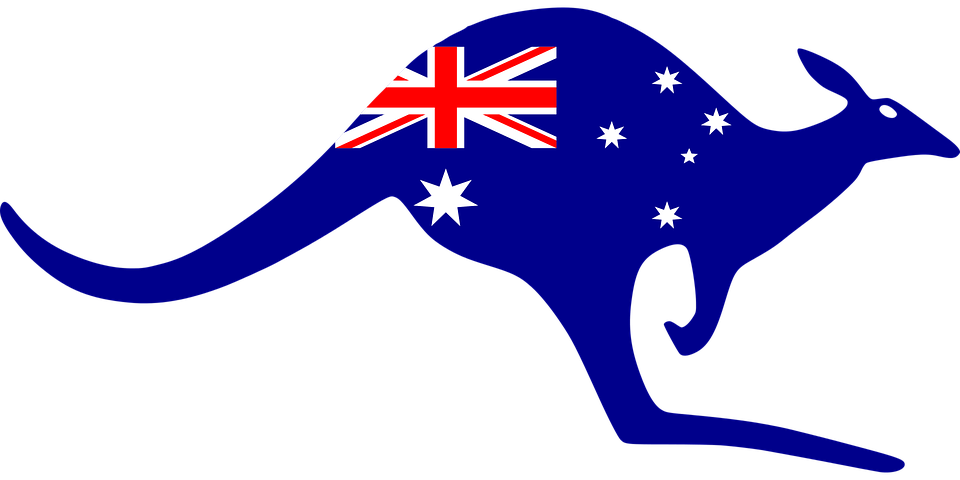Unlike the legitimate complaints about some European nations, notably Germany, not contributing a fair share to defending against mutual enemies, America’s Pacific partners Australia and Japan have been risen to the occasion.
Tokyo has announced that it will continue to increase its defense spending. It has what some consider the world’s fifth most powerful military.
Canberra’s 2020 Defense Strategic Update supports a robust U.S. presence in the Indo-Pacific, the provision of U.S. extended deterrence, as well as plans to make the Australian Defence Force more capable of independent operations. Australia is on track to meet its commitment to growing its defense budget to two percent of the nation’s Gross Domestic Product in 2020-21, providing $42.2 billion of funding to defense in 2020-21. This defense budget will grow over the next ten years to $73.7 billion in 2029-30 with total funding of $575 billion over the decade. This total includes around $270 billion in defense capability investment, compared to $195 billion for the decade 2016-2026 when the 2016 Defense White Paper was released.
Canberra’s defense partnership with Washington was emphasized in a recent meeting in the U.S. capital between Australian Deputy Prime Minister Richard Marles, who is also defense minister, and American counterparts Defense Secretary Lloyd J. Austin III and National Security Advisor Jake Sullivan. According to the Pentagon, participants came away from meetings “with a sense that the two countries shared a mission.”
“What has really struck me in the meetings that we’ve had over the course of the last few days … is a real sense of shared mission in this moment, between Australia and the United States,” Marles said. “There is a sense of the moment that the global rules-based order that has been built by the United States, by Australia, by many other countries is under pressure now in a significant way.”
Marles said that system is under the greatest pressure it has seen since the end of World War II. That order is the reason there has not been a great power war since 1945. “Obviously, what’s going on in Eastern Europe with Russia’s invasion of Ukraine is an example of that pressure,” he said. “And, in this moment, the need to have a sense of shared mission, to be projecting forward with a sense of team is really important.”
The U.S. State Department notes that Australia is one of America’s largest defense customers, supporting thousands of jobs in the United States. America is Australia’s defense goods and services partner of choice and with Australia’s 2020 Defence Strategic Update increasing its 10-year defense budget by 40% to $186 billion. The U.S. has over $27 billion in active government-to-government sales cases with it.
Canberra-U.S. cooperation became even stronger as a result of the recent nuclear-powered submarine pact.
A similar encouraging role is occurring with Japan.
The Council on Foreign Relations notes that the 21st century has been a period of increased defense cooperation between Tokyo and Washington. In November 2001, the government of Junichiro Koizumi dispatched the Maritime Self-Defense Force to the Indian Ocean to provide logistical support for U.S. military operations in Afghanistan, marking Japan’s first overseas military action during a combat operation. In 2003, it sent forces to aid in Iraq’s postwar reconstruction efforts.
In 2015, under Prime Minister Shinzo Abe, Japan reinterpreted its constitution in a historic move that allowed its military to defend allies for the first time, under limited circumstances. The change helped pave the way for the United States and Japan to revise their defense guidelines once again, expanding the scope of their military cooperation and focusing the alliance on current threats—including from China and North Korea—and new technologies.
Since then, the countries have continued to deepen their defense cooperation.
Illustration: Pixabay
